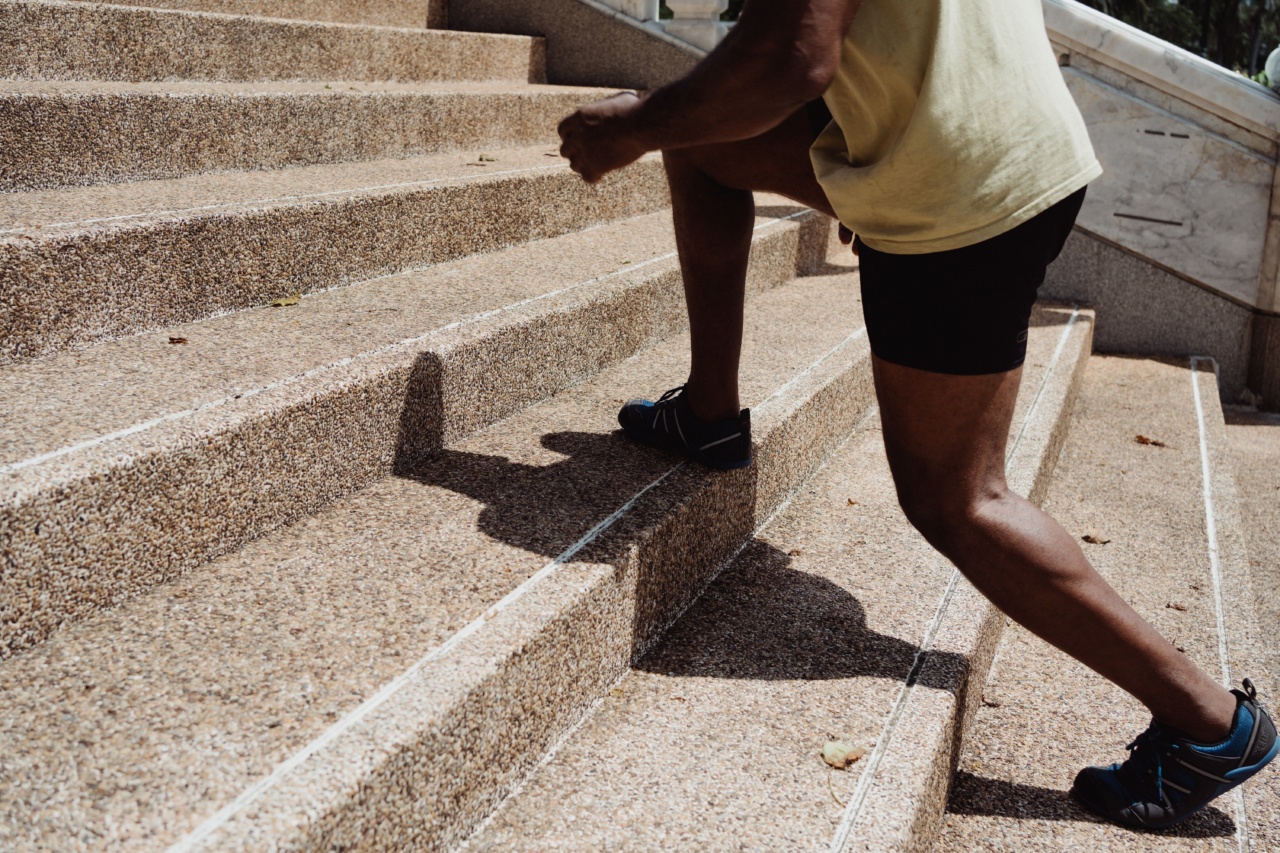A foot sting can happen at any time and in any place. It could be the result of stepping on a bee, a jellyfish, or a stingray. No matter the cause, the pain and swelling can be unbearable.
Fortunately, there are things you can do immediately to ease the pain and reduce the inflammation.
1. Get away from the source of the sting
If you stepped on a bee or a wasp, it’s important to get away from them as quickly as possible to avoid more stings. If you’re at the beach and you’ve been stung by a jellyfish or a stingray, get out of the water immediately.
The longer you stay in contact with the source of the sting, the more likely you are to suffer from a severe allergic reaction.
2. Remove any stingers or tentacles
Depending on the source of the sting, you may need to remove any stingers or tentacles left behind. Be careful not to squeeze the area as this could lead to more venom being released into your system.
Use a pair of tweezers to gently remove any stingers, and wash the area with soap and water.
3. Apply a cold compress
A cold compress can help to reduce swelling and ease the pain. You can use a bag of ice wrapped in a towel, a cold can of soda, or a frozen gel pack. Apply the compress to the affected area for 10-15 minutes at a time, with breaks in between.
4. Take an over-the-counter pain reliever
If the pain is too severe, you may want to take an over-the-counter pain reliever such as ibuprofen or acetaminophen. These medications can help to reduce pain and inflammation but be sure to follow the dosing instructions carefully.
5. Elevate your foot
If the sting is on your foot or ankle, elevating the affected area above heart level can help to reduce swelling. You can prop your foot up on a pillow or cushion, or sit in a recliner with your feet up.
6. Seek medical attention for severe symptoms
If you’re experiencing severe symptoms such as difficulty breathing, swelling of the face or throat, or anaphylactic shock, seek medical attention immediately. These symptoms could be a sign of a severe allergic reaction, which can be life-threatening.
7. Avoid scratching or rubbing the affected area
While it may be tempting to scratch or rub the affected area, this can actually make the pain and swelling worse. Scratching can also increase the risk of infection. Instead, try distracting yourself by listening to music or watching a movie.
8. Apply a topical cream or ointment
There are a variety of topical creams and ointments that can help to reduce pain and inflammation. These include calamine lotion, hydrocortisone cream, and aloe vera gel.
Be sure to follow the instructions carefully and avoid getting the cream or ointment on any open wounds.
9. Watch for signs of infection
If the sting is not healing or if you notice signs of infection such as redness, swelling, or pus, contact your healthcare provider. They may prescribe antibiotics or recommend additional treatment.
10. Take steps to prevent future stings
To reduce your risk of being stung in the future, try to avoid areas where bees, wasps, jellyfish, or stingrays are likely to be present.
If you do need to be in these areas, wear protective clothing such as long sleeves and pants and use insect repellent.





























